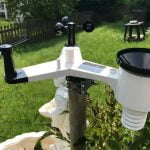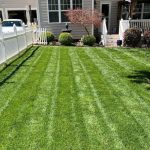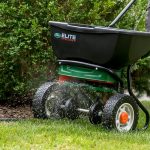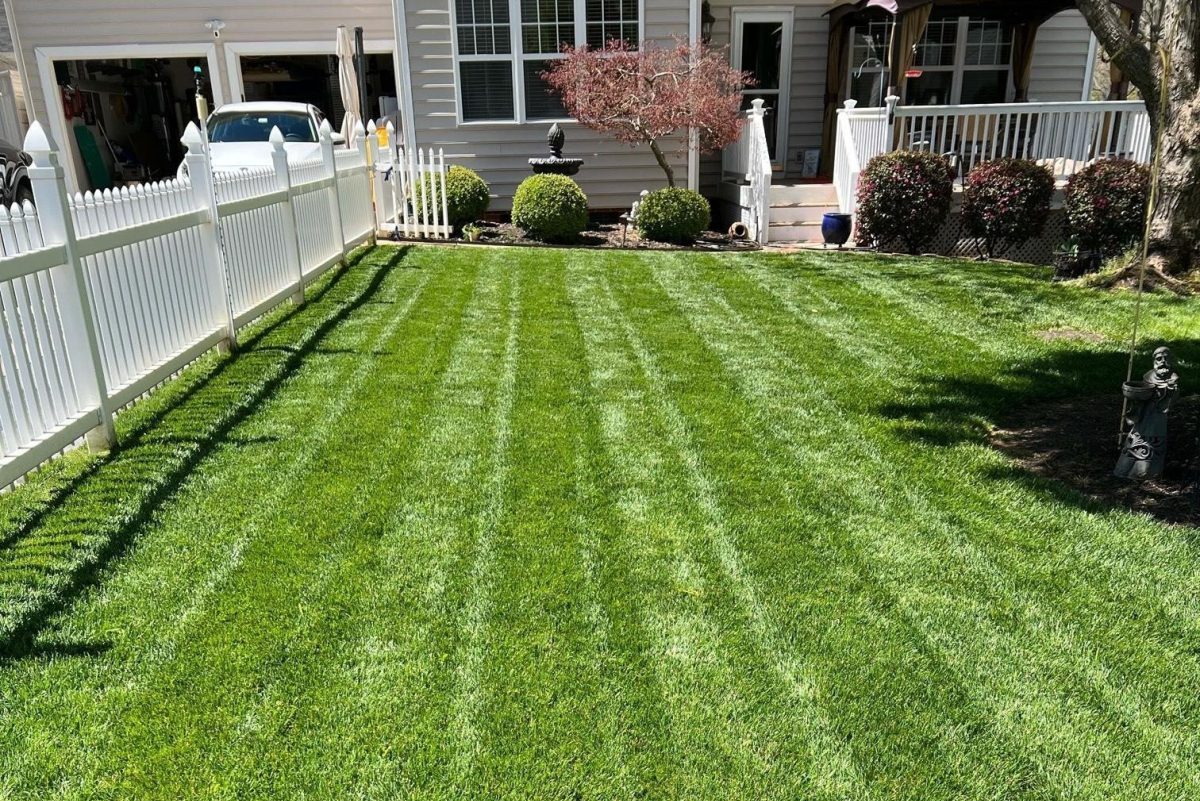Perennial ryegrass and tall fescue are among the most common cool-season lawn grass types. They both fare well in moderate summers and cold winters. Although they boast many similarities, there are key differences that set them apart.
The better choice for your lawn will ultimately depend on the climate, shade, rainfall, foot traffic, and desired maintenance.
Scroll down to see which one is more suitable for your needs.
Perennial Ryegrass
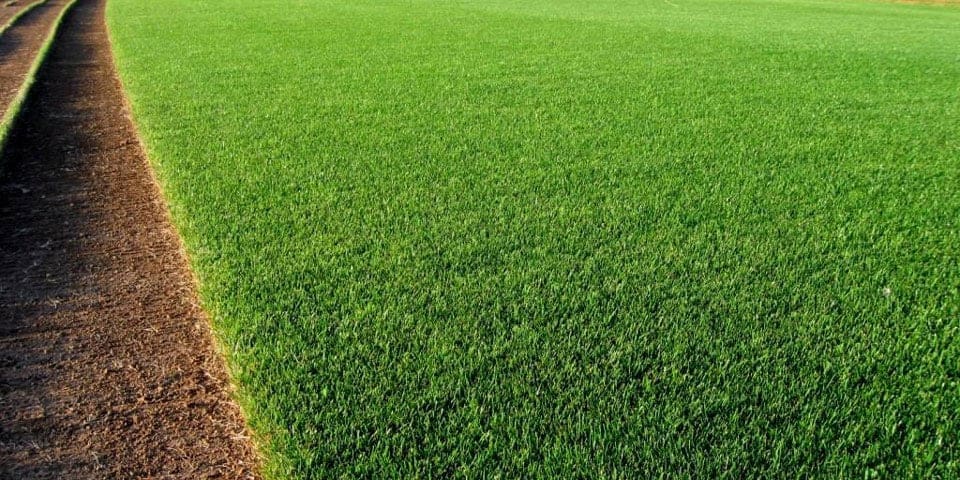
The grass in question is versatile and perfect for warm and cool climates, as well as coastal regions. It returns every year, so it offers a permanently healthy lawn. It spreads and germinates fast, which is part of the reason it is so popular in the United States.
It is an excellent nurse grass that offers protection and shade to other types of grass.
Its root system is shallow, and it is capable of tolerating direct sunlight. However, its tolerance for drought and extreme cold is lower.
Pros:
- Shade tolerance
- Drought tolerant
- Water smart
- Speedy germination
- Prevents soil erosion
- Available as sod or seed
- Physically appealing
Cons:
- May stunt grasses
- May be costly to maintain
- Needs plenty of water
- Challenging to eradicate
Tall Fescue
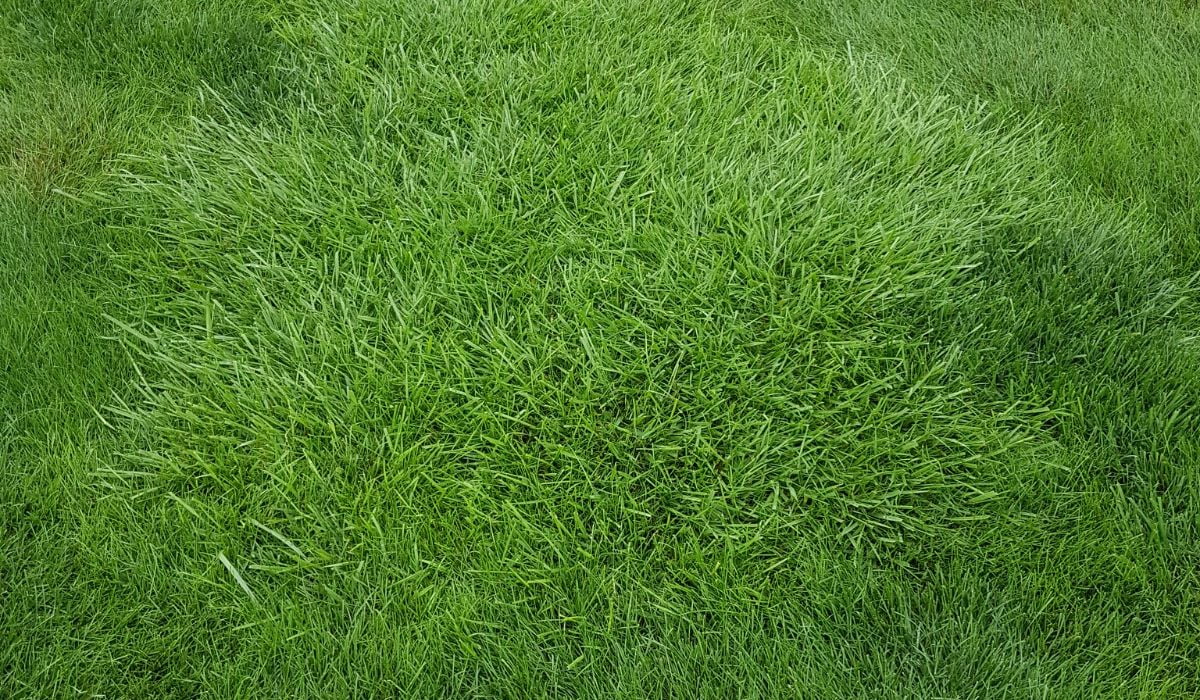
This grass has its origins in Europe but reached the United States in the 1800s. Also known as bunchgrass, it is known for its fast clumping growth. The coarse grass has wide-ribbed blades that stay green throughout the year. It has deep roots that can grow as long as two to three feet.
With its high tolerance for heat, drought, shade, and cold, it requires little maintenance. It is easy to see why it is popular in high-traffic locations, including golf courses, sports fields, and baseball fields.
Pros:
- Heat tolerant
- Drought resistant
- Suitable for the transition and southern cool-season zones
- Deep roots
- Might be mowed tall
- Available as sod or seed
- Requires low to moderate use of fertilizer
Cons
- Fast growth rate
- Requires regular mowing
- Might become dormant when the temperatures are high if not given more water


